From the Archives: They ran the first lap of a long space race
- Share via
Fifty years ago this month, Henry Richter sat in a mosquito-infested Florida marsh, waiting to find out whether America had successfully put its first satellite in orbit.
Tension was high. Just four months earlier, the Soviets had humiliated the United States by launching Sputnik. In December, America's first attempt to catch up to the Russians failed when the Navy's Vanguard rocket blew up on the pad.
"Flopnik," cried the headlines.
In the wake of that embarrassment, the project landed in the lap of a little-known Army research center in Southern California called the Jet Propulsion Laboratory.
So on the night of Jan. 31, 1958 -- less than 90 days after being given the go-ahead -- Richter and other scientists waited nervously on a stretch of beach called Cape Canaveral as Explorer 1 lifted off the pad.
Confirmation that it had reached orbit took longer than expected.
"It was a sweaty-palms time," recalled Richter, one of a handful of high-ranking scientists and engineers still living who worked on the Explorer program.
He finally got confirmation from an improvised tracking station at the Temple City sheriff's office. "Temple's acquired," it said.
Minutes later, the world learned America had joined the space race.
The launch of Explorer was the first step in a journey of exploration that would culminate a decade later with the Apollo moon landing of Neil Armstrong and Buzz Aldrin.
It also was a coming-out party for JPL, which emerged from its cloak of military secrecy with a reputation for scientific and technical prowess it has maintained for the last five decades. Its robotic spacecraft have visited every planet in the solar system. The two Voyager craft are now poised to become the first man-made objects to reach interstellar space.
The story of JPL's 90-day miracle became the stuff of scientific legend. Single-handedly, it seemed, JPL had proved that American know-how was alive and well at a time when the country badly needed a shot in the arm.
"It's an attractive story," JPL historian Erik Conway said of the crash program that built and launched Explorer in less than three months. "The problem is, it's not true."
The real story of Explorer 1, according to Richter, Conway and other space historians, was of a long and often frustrating journey wrapped in Cold War politics, secret missile tests and White House miscalculations.
All this took place against the backdrop of the race between the United States and the Soviets to develop and deploy the first intercontinental ballistic missiles, capable of carrying nuclear weapons across the globe.
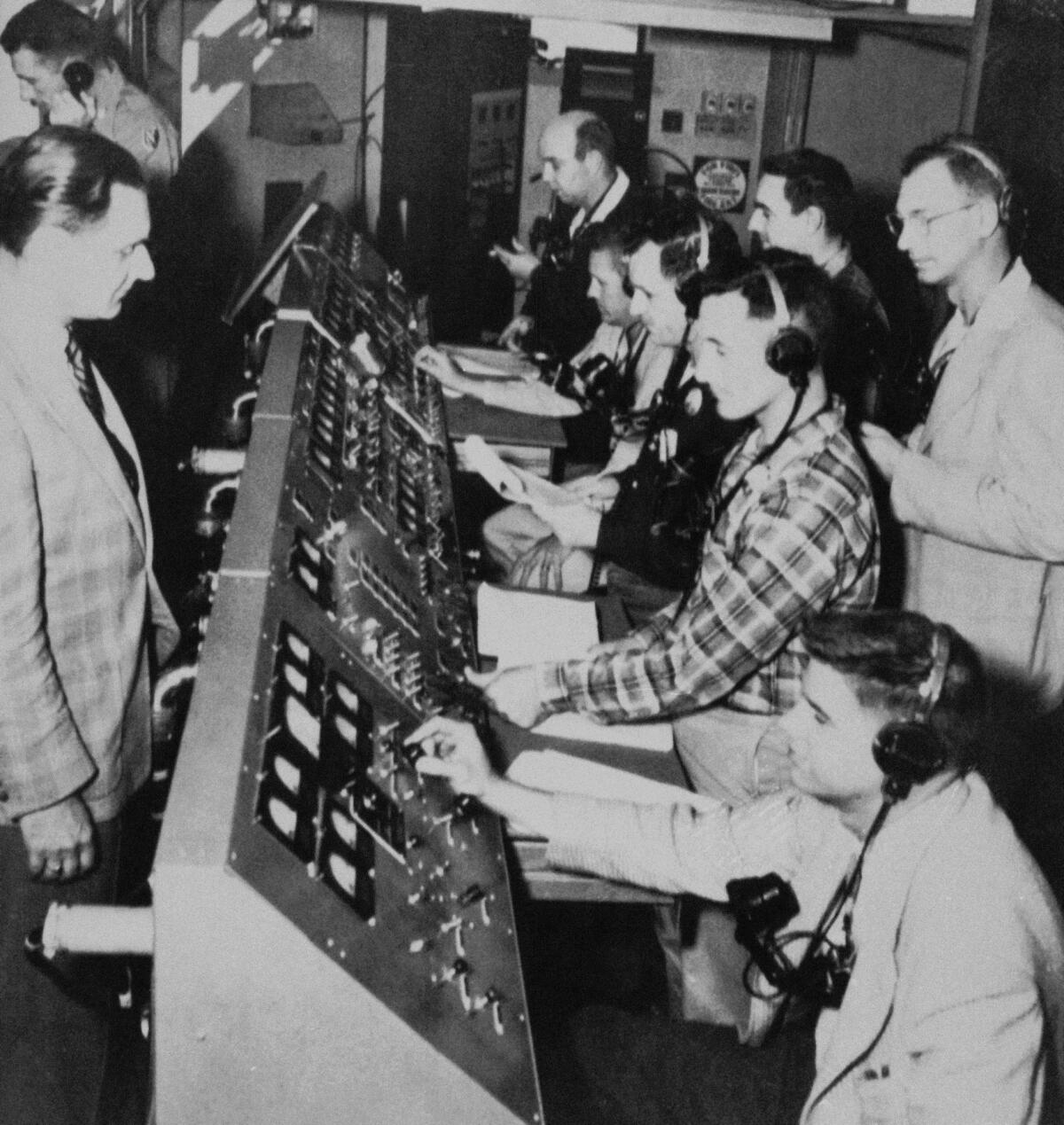
Secret preparations
According to the modest and soft-spoken Richter, now 80 and semi-retired in Palm Springs, his involvement with the Explorer 1 project was mostly a matter of being in the right place at the right time with the right set of skills. The son of respected landscape painter Henry L. Richter, he spent his early years in Long Beach and Rolling Hills.
Always technically oriented, Richter graduated from Caltech in 1955 with a PhD in chemistry and then joined JPL.
At the time, the lab was doing ballistic missile research for the Army under the direction of a low-key New Zealander named William Pickering. The JPL group was also working with German rocket wunderkind Wernher von Braun and his team of German scientists based in Huntsville, Ala.
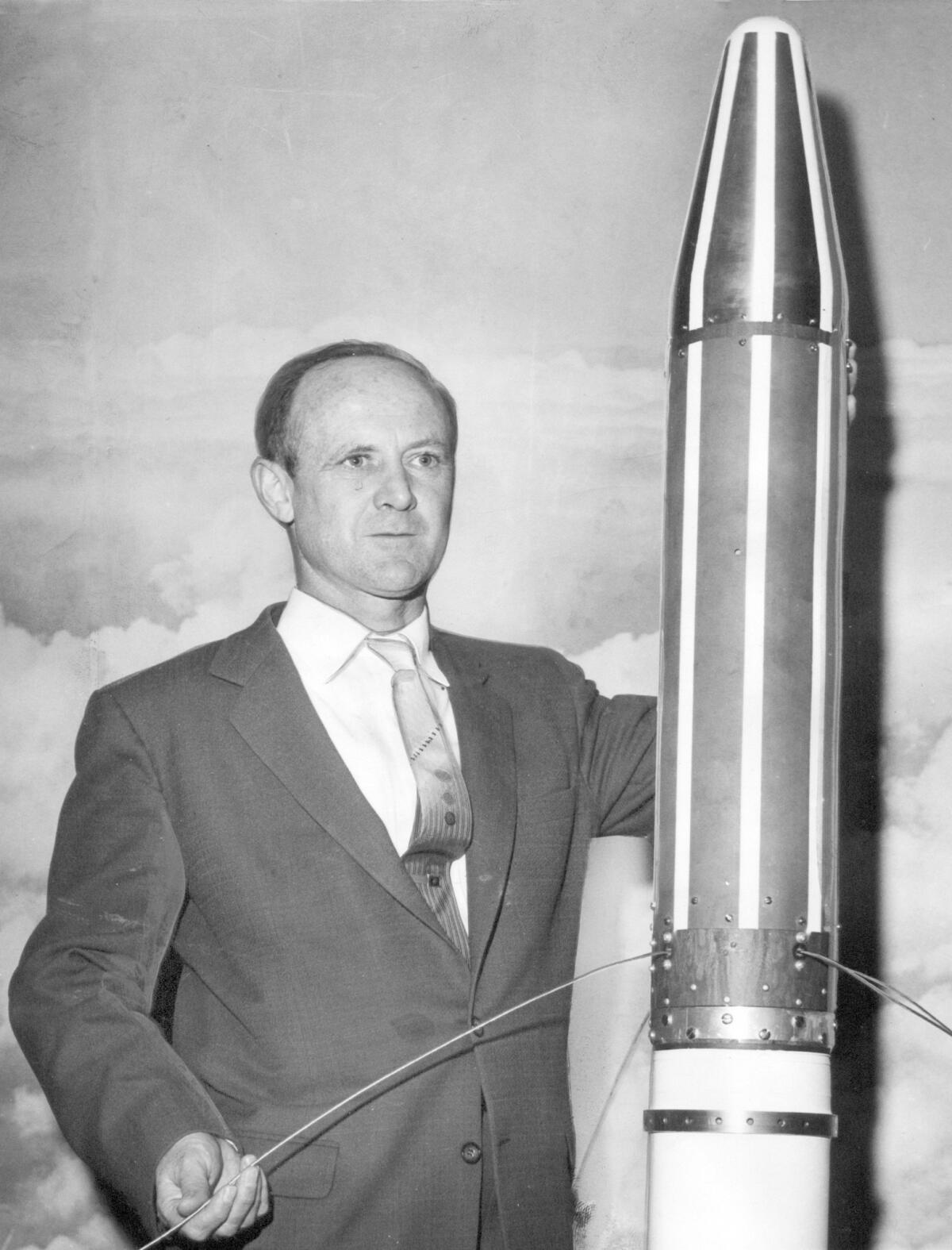
The Germans had brought their V-2 rocket technology with them when they were whisked out of Germany at the end of World War II.
Working in secret, the two groups were building a missile capable of striking targets thousands of miles away. They hoped to build America's first ICBM, the foundation of the arms race that took off in the 1960s. (The Army version was eventually scrapped in favor of the Air Force's Atlas missile.)
From the first, the marriage of the Germans and the Californians was an odd one, Richter recalled.
"Von Braun was very Teutonic," he said. JPL was "very loose."
Carl W. Raggio, now 79, was a manager of the Explorer design team.
According to Raggio, the German-JPL team was developing a missile capable of striking targets in the Soviet Union. The three-stage rocket, known as the reentry test vehicle, was a combination of Von Braun's Redstone launcher, based on the V-2, and JPL's Sergeant missile.
In 1956, one of the rockets traveled 3,300 miles down the Atlantic test range, Richter said.
Richter, Raggio and Conway said that if a fourth stage had been added, the rocket could easily have reached orbit. All that was needed was the go-ahead from the White House.
"We could have launched, we were ready to go," Richter said. "We had flight-tested three rockets. But we had no permission."
Political factors
The reasons were more political than scientific. According to Conway, President Eisenhower wanted the Navy's Vanguard rocket to carry the first science payload to orbit. Although the rocket was based on a Navy design, its development was under civilian management. Eisenhower didn't want America's first space launch to have a strong military connection.
But Conway said there was another reason: The White House didn't want the Army's military ballistic missile work to leak. "By keeping Von Braun and company working in secret, he could keep the ICBM secret," he said.
The Russians found out about the missile tests in the Atlantic anyway. But in the cloak-and-dagger world of Cold War relations, the Russians mistakenly thought the Americans were trying to reach space but failing, Conway said.
Another part of the Explorer myth held that Sputnik caught the U.S. by surprise. In fact, both countries had announced plans to commemorate the International Geophysical Year, which began in July 1957, with satellite launches.
Richter attended an IGY planning session in Washington shortly before Sputnik's launch on Oct. 4, 1957. One of his Russian counterparts spoke openly about being on the verge of launching a satellite.
"Nobody paid any attention," Richter said.
After Sputnik's launch, Richter, a ham radio operator, was given the job of verifying the Soviet claim. Because of radio interference at JPL's Pasadena campus, he loaded a trailer with radio equipment and set up a makeshift tracking station at the Temple City sheriff's station.
As a crowd of reporters watched, Richter locked onto the famous "beep, beep" signal.
Eisenhower, according to Conway, was unimpressed with the Soviet accomplishment. He considered Sputnik "a stunt," according to Richter.
Opinion-makers in the media were of a different mind and whipped up fears that America was lagging behind the Russians in the race to colonize space.
It took a few weeks for the effect to sink in at the White House. According to Conway, the alarm bells didn't really start ringing on Pennsylvania Avenue until Sputnik 2 was launched on Nov. 3, 1957.
Sputnik 2 was no stunt. It carried a 2,000-pound satellite into orbit that contained a dog named Laika.
"That got people worried," Conway said. It showed the Soviets had the ability to launch heavy payloads, such as weapon systems.
Within days of Sputnik 2's launch, the White House ordered the Navy to speed up its Vanguard program. A test scheduled for early December was reconfigured as a real launch.
Just to be safe, the Pentagon privately passed word to Von Braun and Pickering to prepare their rocket in case the Navy's effort failed.
Vanguard blew up on the launchpad on Dec. 6, 1957. Critics had a field day.
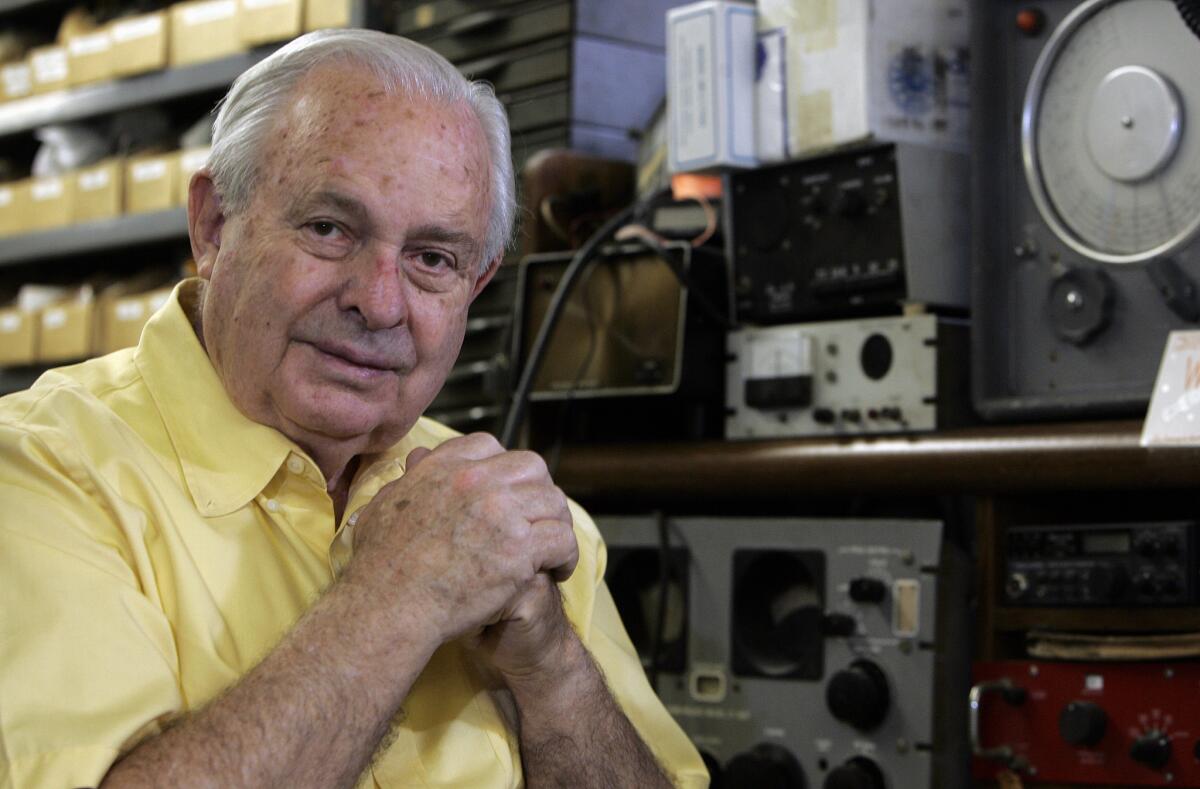
At that point, "my life drastically changed," Richter said.
Contrary to the myth, JPL's Jupiter-C rocket was pretty much ready to go.
"All we needed to do was put it all together," Raggio said.
Richter got the job of developing the radio and transmission system. The transmitter was tiny, putting out only 0.01 watt. Since this was before the age of solar-powered satellites, Explorer would have to rely on batteries, which would run down in a few weeks.
Taking to the sky
Richter also was involved in the selection of the science package. An instrument to detect charged particles, designed by a University of Iowa physicist named James Van Allen, had already been chosen.
Richter added an instrument to detect micrometeorites, in case the spacecraft should encounter clouds of dust.
The surprise came when it turned out that Earth was not surrounded by space pebbles but by radiation belts, which now bear Van Allen's name.
In late January 1958, Richter flew to Cape Canaveral for the launch. He and the other members of the Explorer team took rooms in the only motel that existed at the time on the central Florida beach.
Though the spacecraft would publicly be known as Explorer, the JPL team had nicknamed it Project Deal, because several of the team leaders were avid gin rummy players. One of their favorite expressions went, "Winners laugh and joke, while losers cry deal."
The application to the space race was intentional, according to Walter Downhower, another ex-JPLer who worked on Explorer.
"We were the losers and the Russians were laughing and joking," he said.
In the end, Project Deal was no loser. It was the rock upon which JPL's reputation, myth and all, was built.
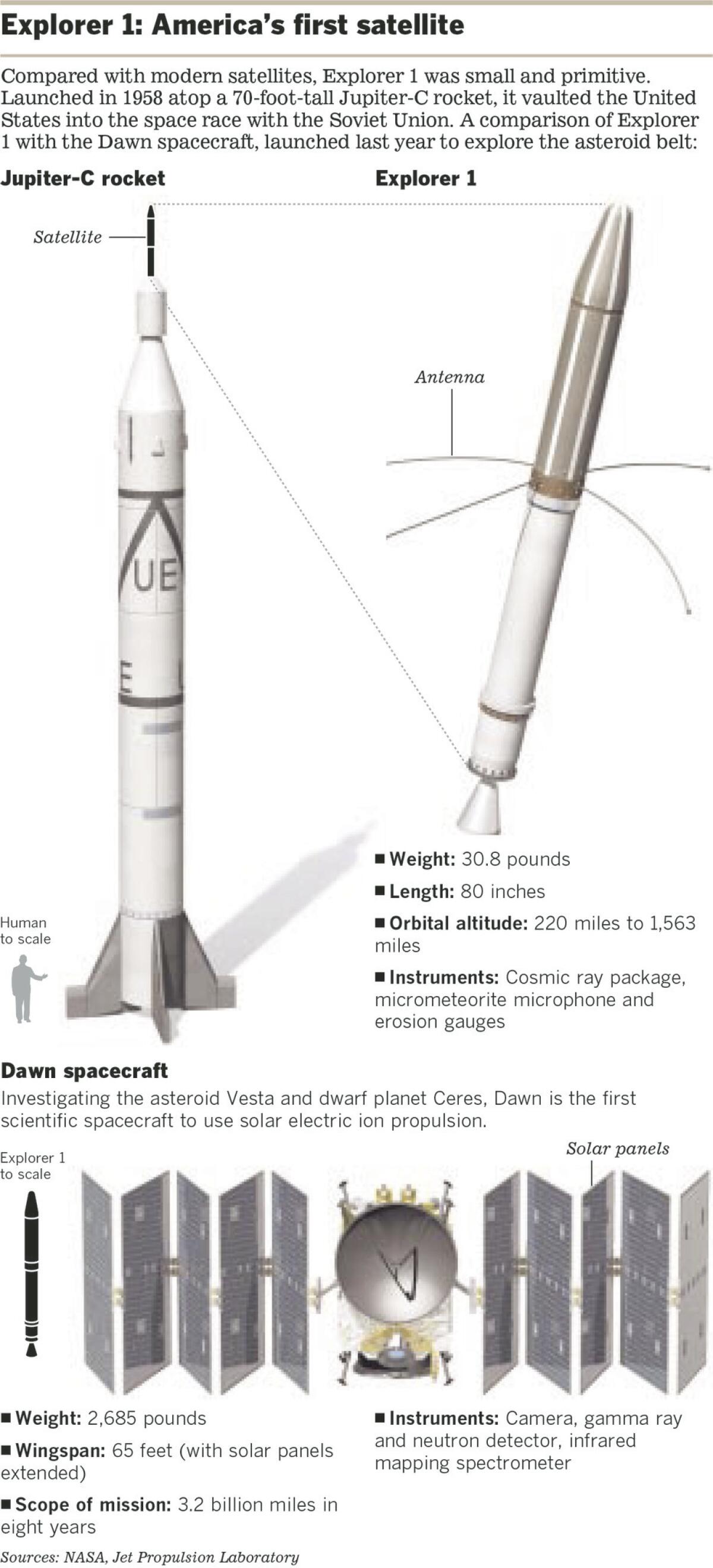
Probably the most famous image from that time shows Pickering, Von Braun and Van Allen holding a model of Explorer above their heads in celebration.
All three have since died, most recently Van Allen in 2006, but memories of them are still strong for their colleagues.
"If you look at them," Raggio said, "what made them special was that they were all out in front and they knew exactly where they were going."
And they knew how to push their vision. "Von Braun could sell ice to Eskimos," he said.
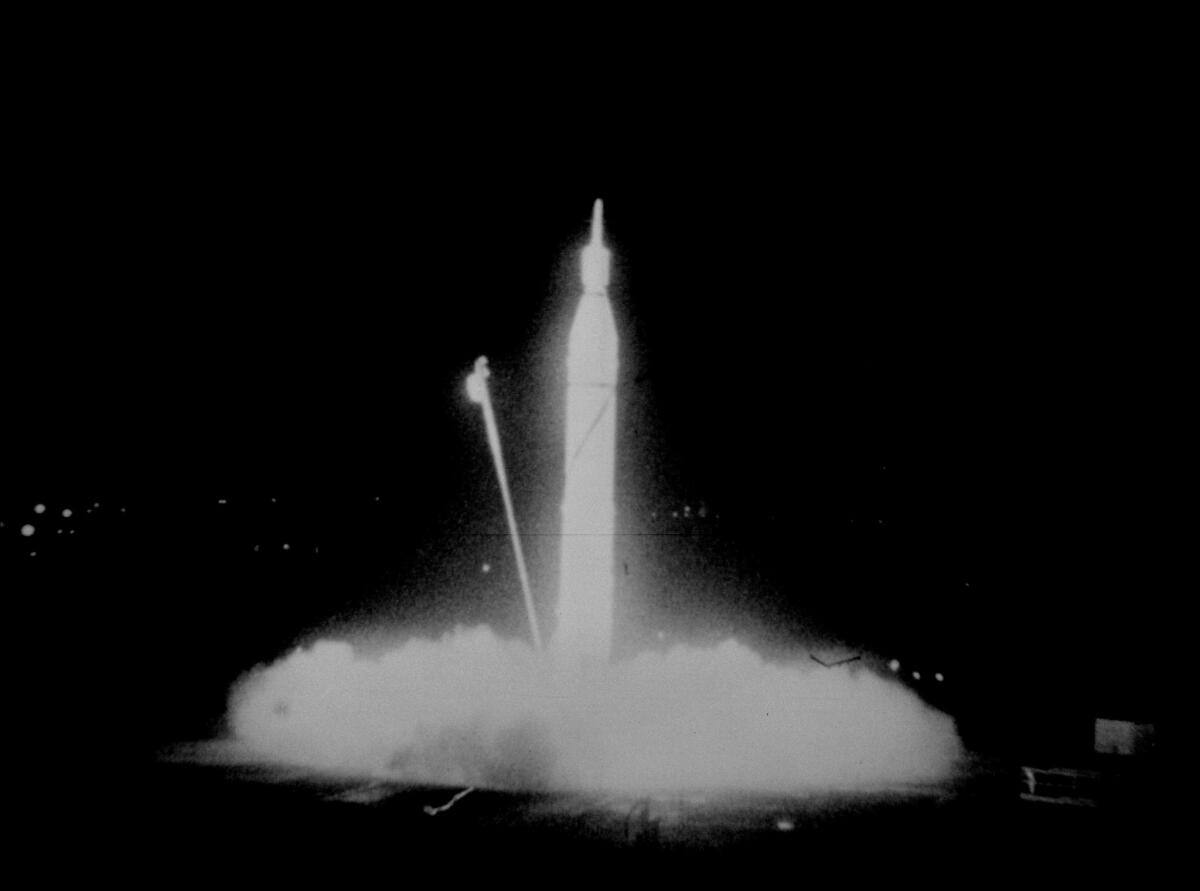
Looking back
Richter left JPL a few years later and went into business building emergency communications systems for police and fire departments.
At 80, he continues to do consulting work in a cluttered laboratory, watched over by a portrait of Albert Einstein bearing the quote "I want to know God's thoughts; the rest are details."
Raggio continued working at JPL until his retirement in 1990. Downhower, now 75, retired in 1995.
All three are among the group of 30 or so JPL employees who will be honored at a Caltech reception this month as part of JPL's Explorer celebration.
"If you look back on it, none of us would trade those experiences," Raggio said. "You had the opportunity to do something that had never been done before."
History was the furthest thing from Richter's mind when he returned to his motel room on the Florida coast after getting confirmation that Explorer 1 had safely reached orbit.
"What I remember is the mosquitoes," he said. "They ate us alive."
He and his colleagues were not ignorant, however, of the implications of what they had just done. Space was Earth's last unexplored realm, and they had just touched their toes on its shore.
"Some of us said, 'If we were smart, we would buy property around the Cape,' " Richter said. "But we didn't."



